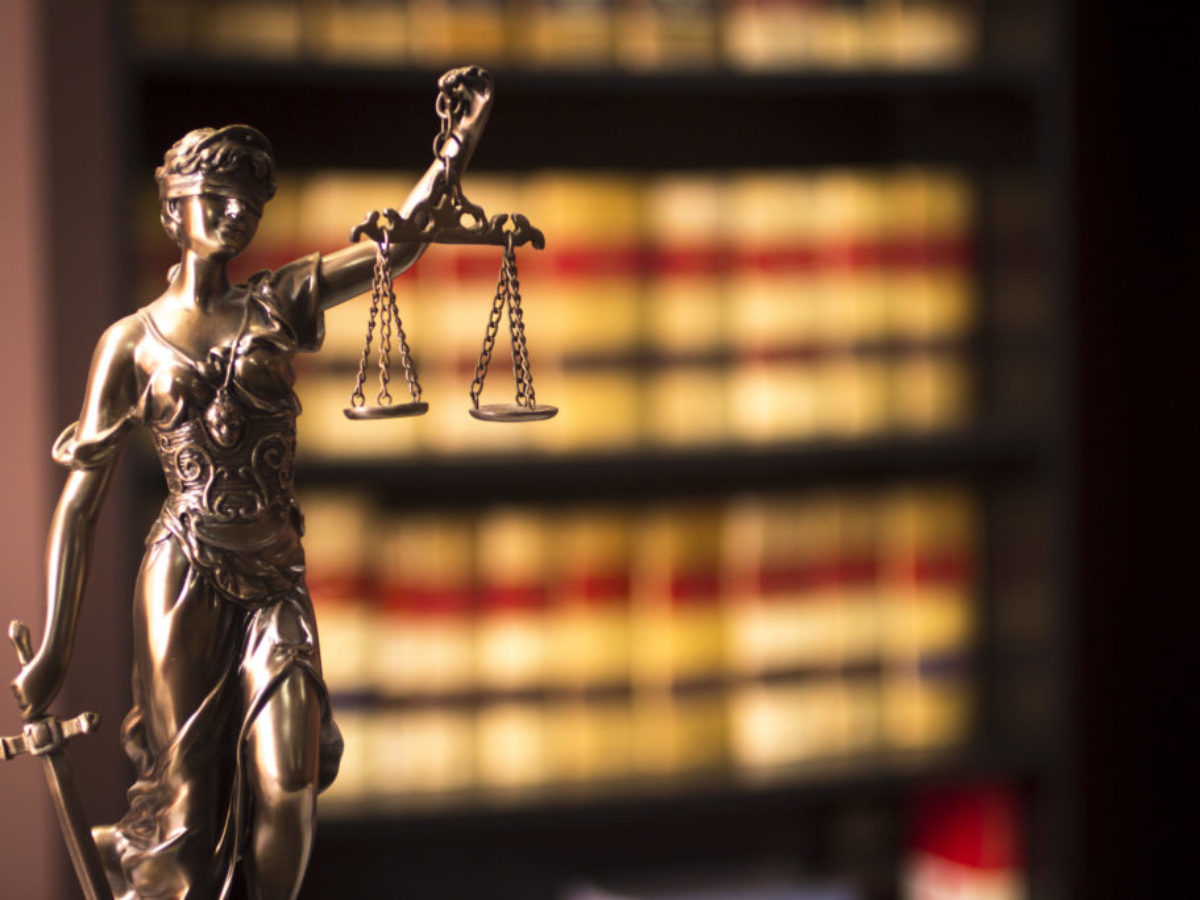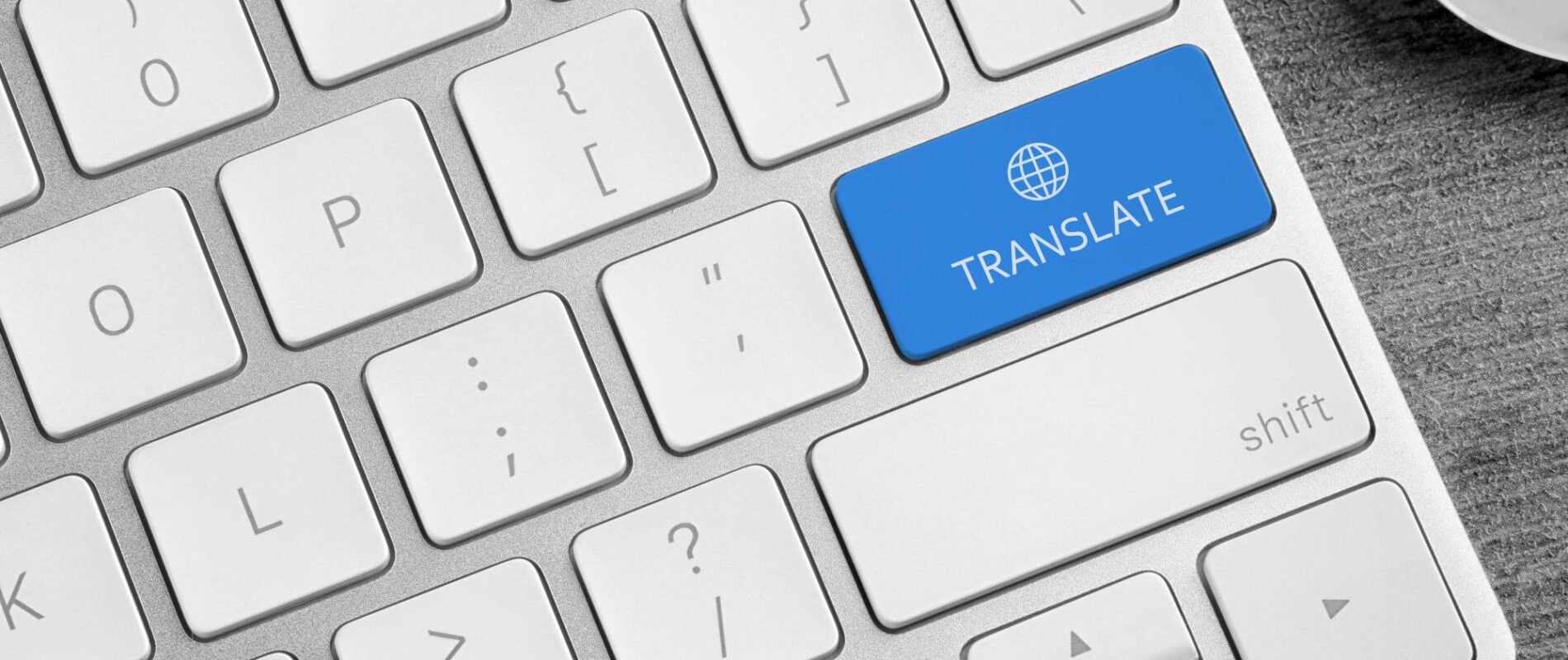Building AI models that actually work in the real world means feeding them solid, varied data sets. But here's the catch: pulling in that data often runs headlong into tough privacy rules, from Europe's GDPR to California's CCPA. For tech leaders and compliance pros, it's not just about collecting information—it's figuring out how to label and refine it without stepping on legal landmines that could sink your project.
Why Privacy Slip-Ups in AI Training Can Cost You Big Time
Think about it: you're developing an AI for analyzing customer interactions, and suddenly regulators knock because some personal details slipped through unchecked. Stories like this aren't rare. Under GDPR, a violation can hit hard, with penalties up to €20 million or 4% of your worldwide revenue from the prior year—whichever stings more. As of mid-2025, total fines have climbed past €5.88 billion across thousands of cases, with an average penalty around €2.36 million. Just this year, TikTok got slapped with €530 million for mishandling user info, and Google faced €200 million over consent issues. Even bigger was the €1.2 billion ding against Meta early in 2025 for data transfer problems.
Over in the U.S., CCPA isn't letting up either. Fines start at $2,500 per slip-up, jumping to $7,500 if it's deliberate, and they've been adjusted upward in 2025 to $2,663 and $7,988. The biggest one yet came down in September 2025—a $1.35 million penalty against Tractor Supply for failing to honor consumer privacy requests properly. These aren't isolated incidents; they're part of a crackdown on AI firms that cut corners on data handling. For CTOs, data security officers, and legal teams, the fallout goes beyond cash—it's about stalled launches, damaged reputations, and endless audits that eat into your timeline.
Worse yet, ignoring these rules can force you to scrap datasets or rework models from scratch, handing an edge to rivals who got it right the first time.
Making Privacy Work for Your AI Instead of Against It
The upside is clear: you can push AI forward without the headaches by leaning on services that specialize in scrubbing data clean while keeping it useful. These experts turn potential liabilities into strengths, letting you annotate and train models with confidence.
It all comes down to smart de-identification and anonymization. De-identification pulls out obvious personal markers—names, addresses, you name it—while anonymization digs deeper, masking subtler hints that might piece together someone's identity. This lines up perfectly with GDPR's push for built-in protection and CCPA's focus on limiting what data you grab in the first place.
Take voice data for speech AI: during transcription, tools can automatically flag and block out PII like credit card numbers or locations. Maybe it's software doing the heavy lifting first, then trained reviewers double-checking in a controlled setup. The end game? Data that's stripped of risks but still rich enough to teach your AI real patterns.
What really makes a difference is weaving this into a full pipeline—from secure uploads to final delivery. Encrypted transfers and strict access rules keep everything locked down, dodging common pitfalls like accidental leaks.
A Closer Look at the Nuts and Bolts of Safe Data Processing
Here's how it plays out in practice, based on what I've seen in compliance-heavy projects.
Step one: data comes in via fortified channels, think top-tier encryption like TLS 1.3 to shut out snoopers. Then, AI-driven scans hunt for PII—swapping out specifics in text or blurring elements in visuals.
For audio or video feeds, it's even more tailored: voice modulation to hide unique traits, face redaction that doesn't wreck the context for labeling. Reviewers work in silos, with every move logged for accountability.
Done right, this not only meets regs but slashes risks. Guidance from bodies like the European Data Protection Board points to anonymization as a key way to cut down on privacy threats, often minimizing breach impacts significantly. In California, firms using these methods have sidestepped penalties in a majority of probes, showing it's more than just defense—it's good business.
Backing It Up with Solid Credentials and Setup
You want partners who walk the talk, right? Certifications like ISO 27001 for security management and SOC 2 Type II for ongoing controls are non-negotiables—they mean independent audits have vetted their ops.
On the tech side, expect EU-local servers for GDPR work to skip transfer hassles, plus extras like multi-factor logins and auto-delete policies post-project. From my vantage point advising on these setups, this kind of infrastructure doesn't just reduce risks; it speeds up compliance checks, freeing you to focus on innovation.
Step Up Your Game: Team Up for Compliant AI Success
Don't let privacy hurdles slow your AI rollout. Hook up with a reliable, regulation-savvy data partner to keep things moving smoothly and securely. And if you're scaling internationally, outfits like Artlangs Translation stand out—they've honed their craft over years in translation across more than 230 languages, tackling video localization, subtitling for short dramas, game adaptations, and multilingual audiobook dubbing with a slew of successful projects under their belt. That same localization savvy translates seamlessly to handling sensitive data annotation, making sure your AI is ready for a global stage without the privacy pitfalls.











